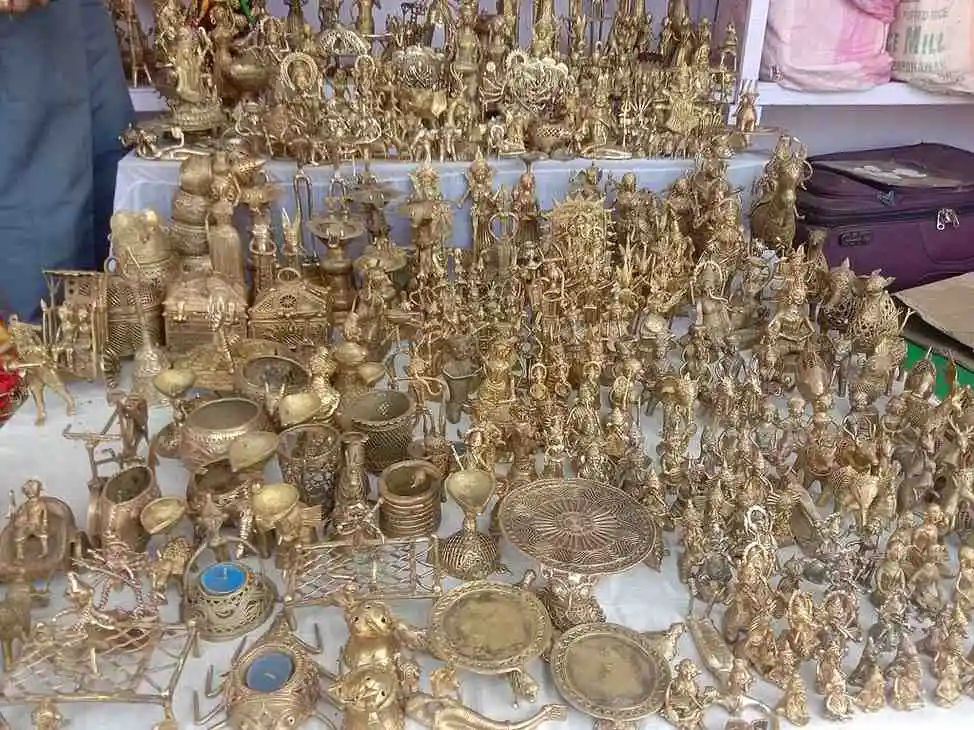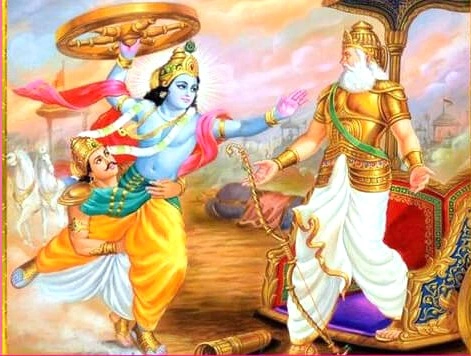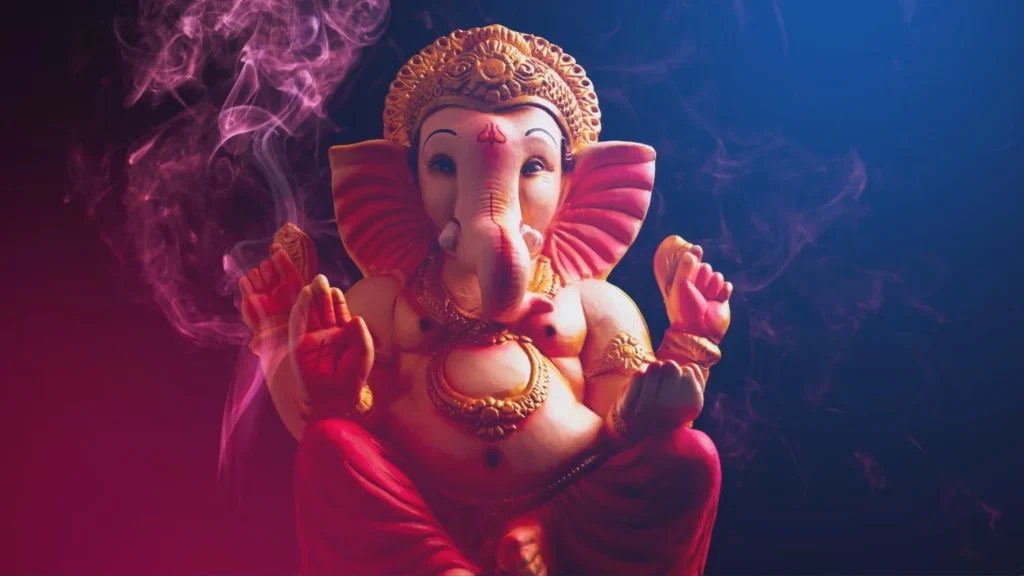
Table of Contents
Odisha showcases vibrant artistry, where even metal tells stories through skilled hands.
To begin with, metal artisans across the state inherit age-old techniques that define this cultural identity.
Furthermore, among its many traditional crafts, metal artisans craft each piece with fire, shape it through hammering,
and preserve its legacy across generations. In addition, they pass down these skills within families, ensuring continuity.
From there, the journey continues from the glistening brass utensils in rural kitchens to the mystic Dokra figurines
that collectors treasure in galleries. Ultimately, this blog guides you through the soul of
Odisha’s metal heritage, offering a closer look at the stories forged in metal.
What is Metal Craft?
Metal Craft refers to the handmade creation of objects using various metals like brass, copper, and tin.
In Odisha, artisans have refined this practice with remarkable finesse. In particular, they excel in
brass and bell metal work, which the Kansari caste primarily performs across districts like
Puri (Kantilo, Balakati), Cuttack, Ganjam, and Sambalpur.
Moreover, these artisans create everything from temple bells to household utensils. As a result, their work beautifully blends functionality, ritual value, and artistic expression.
How is Metal Craft Practiced?
The art form typically involves three methods:
- Beating (Pita) – First, artisans hammer metal sheets into shape.
- Casting – Next, they pour molten metal into molds, often using the lost-wax technique.
- Flexible Crafting – Finally, they use this technique to create items like brass snakes or fish.
Everyday Items and Ritual Objects
Odisha’s metal artisans create more than decorative pieces—they weave their craft deeply into everyday life. Here’s a glimpse into the wide range:
Household Items:
- Kansa (round containers)
- Gina (small pots)
- Ghara (water jugs)
- Handi (large cooking vessels)
Ritual Objects:
- Ghanta (gong) and Ghanti (bell) – Essential during Aarti.
- Thali – Offering plate for deities.
- Manjira & Gini – Musical accessories used in folk and temple music.
- Ghungroo – Worn by classical dancers like Odissi performers.
Dokra Metal Craft: The Folk Soul of Odisha

If brass craft represents Odisha’s classical art, Dokra reflects its tribal heartbeat.
Artisans from the Sithulia community in Mayurbhanj, Keonjhar, Dhenkanal, and Puri practice Dokra casting using the lost wax method (cire perdue).Common Motifs & Items:
- To begin with, artisans create elephants, kings, and deities (Ganesa, Durga).
- Next, they design miniature boxes with locks that highlight intricate craftsmanship.
- Additionally, they craft tree-shaped lamp stands (with up to 100 branches!) that showcase creative complexity.
- Finally, they produce decorative pen stands, candle holders, and ashtrays that blend functionality with folk style.
The Socio-Cultural Significance
In rural Odisha, metal artisans and families attach both emotional and economic value to these items. Specifically:
- Brides receive metal utensils as part of their wedding trousseau, thereby honoring tradition and utility.
- Moreover, families trade used items for new ones through local vendors, keeping the cycle of craft and commerce alive.
- Additionally, people consider items like gongs pivotal in festivals such as the Rath Yatra, where their rhythmic sound energizes crowds pulling the divine chariots.
People Also Ask
1. What is Dokra Metal Craft?
To begin with, tribal artisans practice Dokra, a traditional art form, and use the lost wax casting method to create figurines, lamps, and ritual items.
Moreover, people recognize it for its rustic beauty and folk motifs.
Currently, artisans actively practice it in Odisha, Bengal, and Madhya Pradesh.
2. Where is Metal Craft mainly practiced in Odisha?
Key hubs include Kantilo, Balakati (Puri), Cuttack, Ganjam, and Mayurbhanj, with each region adding its unique flair.
3. What are the main types of metals used?
Brass (copper + zinc) and bell metal (copper + tin) are the primary metals. Dokra uses mixed scraps, giving it a vintage appearance.
4. Why is Metal Craft important in Odisha’s culture?
To illustrate, metal artisans in Odisha express religious, social, and daily life through their craft.
In addition, they embed it deeply in rituals and traditions, from temple bells to kitchenware.
5. Is Odisha known for any unique metal craft forms?
Yes, Dokra casting and brass-beating craft are two of Odisha’s most renowned and culturally rich metal arts.
Why Metal Craft Still Matters
In a world rushing towards industrial uniformity, Odisha’s metal craft offers something unique—a touch of humanity, tradition, and raw beauty. Supporting these artisans helps preserve a timeless tradition while giving livelihood to communities rooted in centuries-old skills.
If you're planning to buy a gift or decorate your home, then consider choosing handcrafted Dokra or brass artifacts from Odisha. In doing so, you let art live, and moreover, you let culture thrive. Furthermore, if you want to explore more about India's traditional arts, then stay connected with us!


